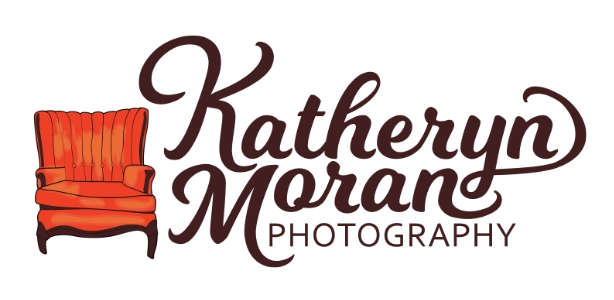Product photography is arguably one of the most important tools you will have to work with when selling your products, especially when trying to sell products through an online store or to tempt consumers through your social media and branded marketing. Quality product photography should show your customers an accurate and thoughtful representation of what they can expect to receive, how they might be able to use it and how it will enhance their day to day lives. To achieve this, you need more than just simple, un-styled lightbox photography!
What is Lightbox Photography?
Lightbox photography is literally the act of taking your product and placing it on a plain background either inside of a lightbox or on a large continuous backdrop and photographing that product with no props or additional styling whatsoever. Most often these images are taken on white backgrounds, although other colors can be used, but a solid background is preferred for this kind of photography. You can purchase lightboxes online in varying sizes and these boxes typically white inside and have LED’s all around in the interior. These white walls and interior lights minimize shadows and reflections and will give you a crisp, accurate image. If working with larger products, some people will use continuous backdrops and an off camera flash and diffuser setup to achieve the look they want.
Below are a few examples all taken on a continuous white background with a large flash and softbox to the right and a white bounce board on the left to give you an idea of what your typical lightbox photography looks like:
- Cascadian Farm Fruitful O’s – one of my very favorite gluten free cereals! You’ll not that there is a very minimal shadow off to the left and the box is evenly lit.
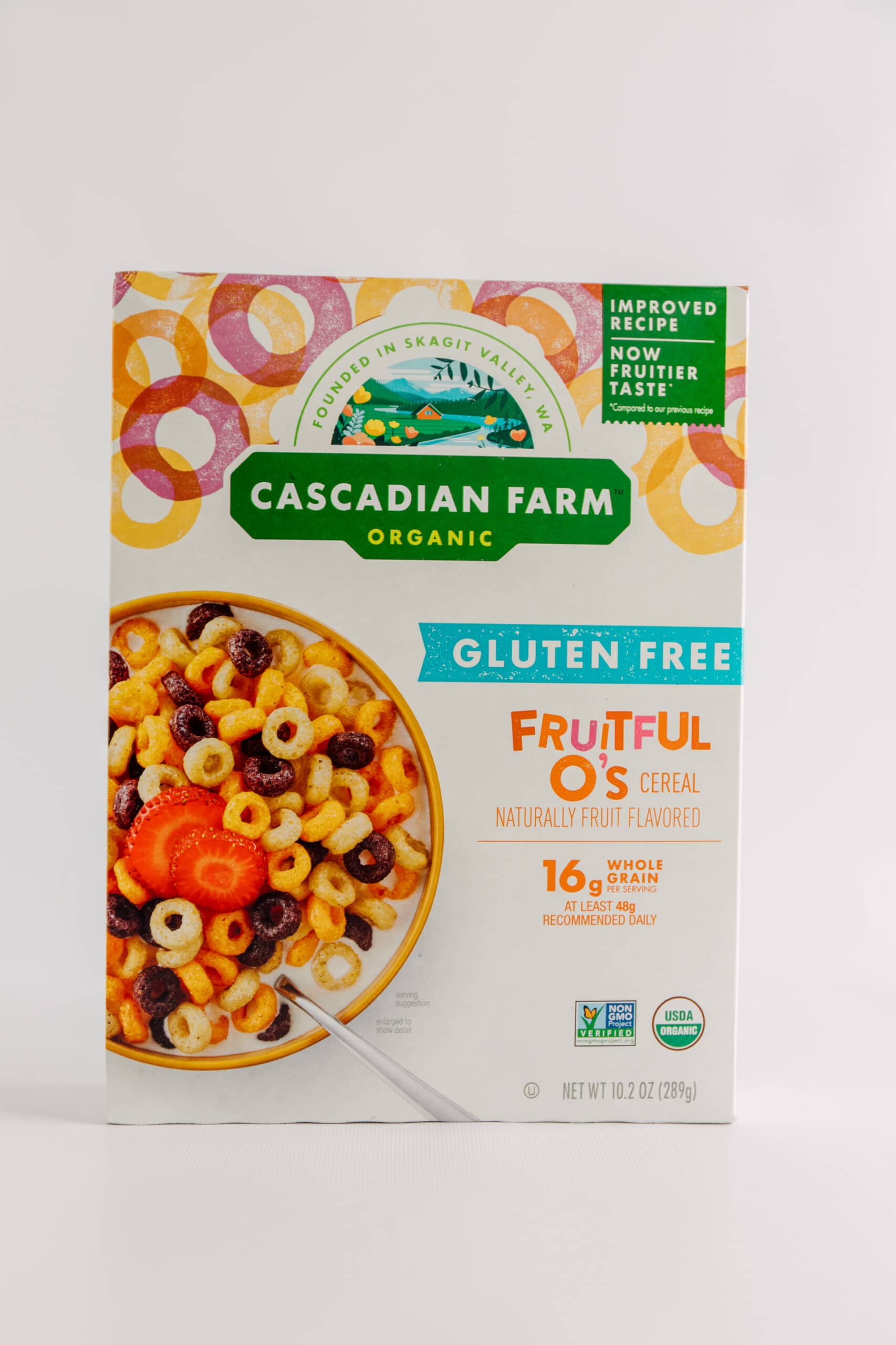
2. Bonne Maman’s Raspeberry Preserves – Yum. You’ll note again a soft shadow on the left and that there is no obvious drop off in the background due to the continuous swoop.
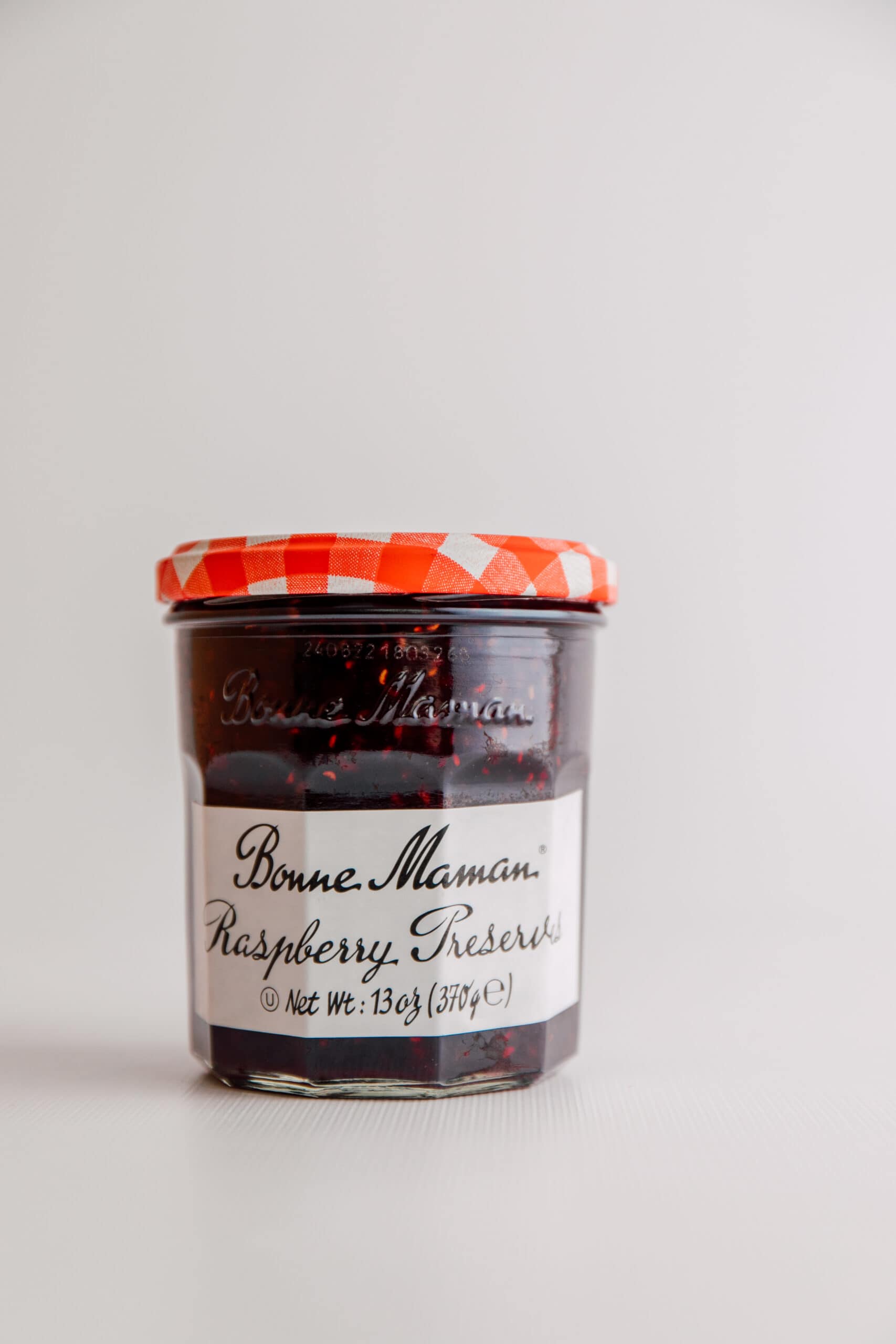
3. And finally, Burt’s Bees tropical chapstick collection.
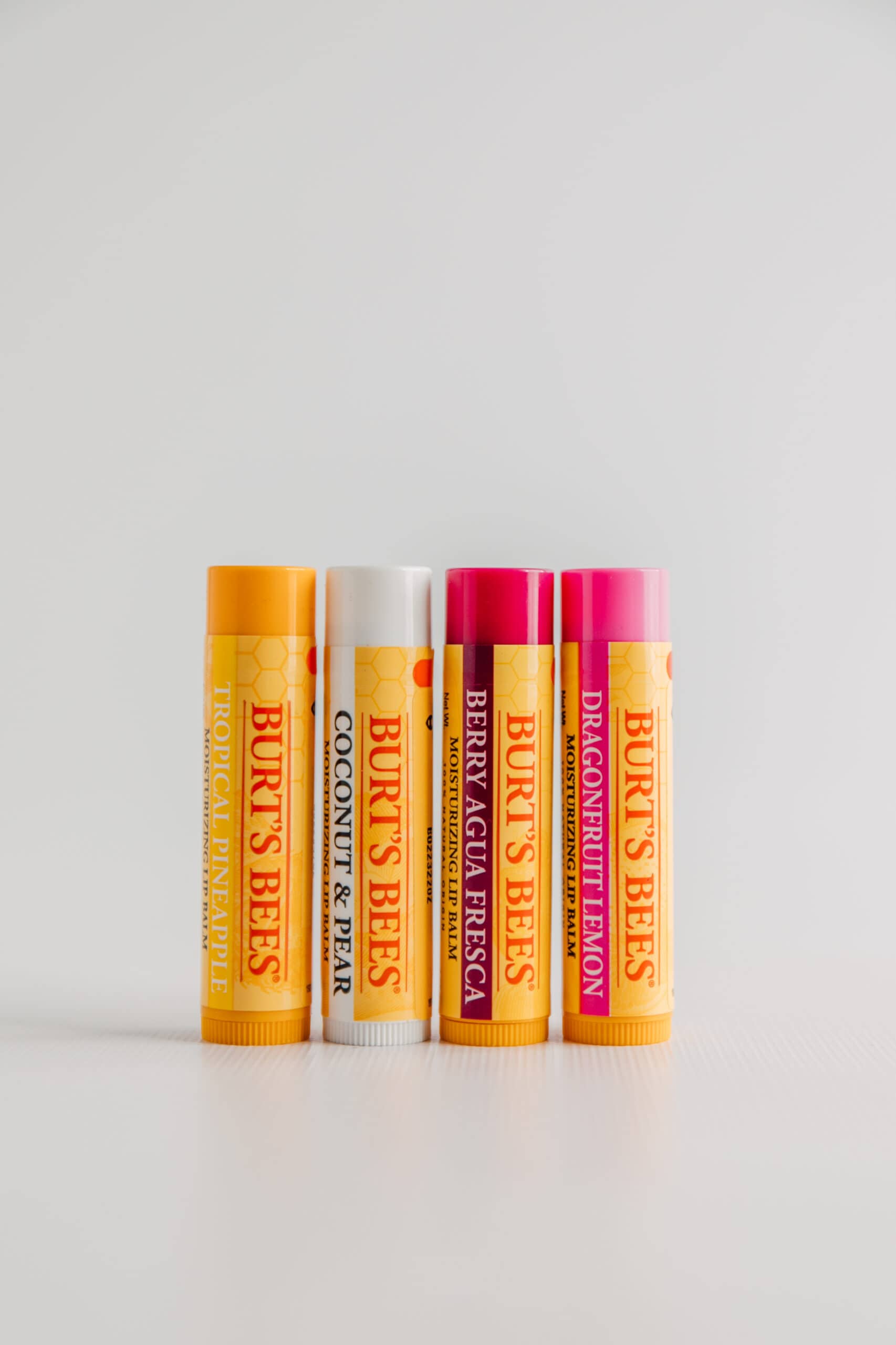
These lightbox photos are a great option for businesses that have an online shop where you want the photos to be true to color, accurate in texture and size and will show the customer exactly what they can expect to receive from you. However, these photos do absolutely nothing to evoke any kind of emotion or connection with the product. The most successful marketing photography will take your product and put it in a situation that your target audience can relate to, that enhances the appeal and makes that customer want to pluck your product from the photo and drop it into their own lives at that very moment. Both of these kinds of photography have their place and can be utilized in different ways.
What is Lifestyle Photography?
Lifestyle photography is the act of combining your product and your brand in a styled scene that includes color theory, thoughtful design, appropriate lighting and supplemental props to convey a certain message about your product to your target audience. By honing in on your brand’s identity through colors and targeted emotional words, we can create imagery that tells the story of your products and business as a whole.
Let’s look back at some of the samples above so you can see what I mean.
Here we’re back to our Cascadian Farm Fruitful O’s. You can see that while these are still on that continuous white background, I have now opened the box, spilled them out and started building out a scene that said “playful, bright, fun, inviting.” Given that the likely target audience for Fruitful O’s is kiddos, these targeted emotion words helped guide me in the color scheme and props. You’ll find the mini milk jugs, fun party straws and playful pops of color help to engage the viewer and bring them right to the breakfast table.
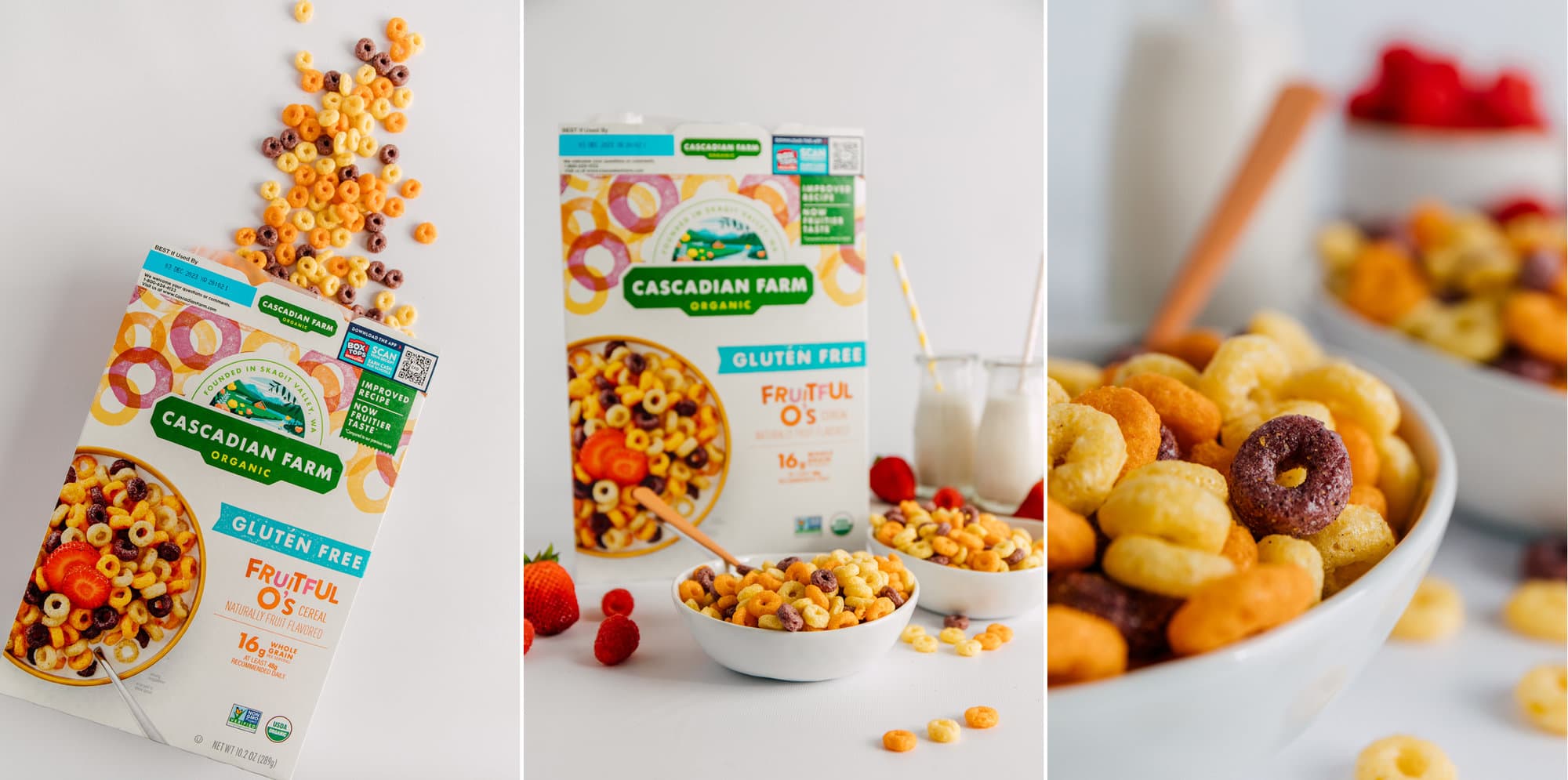
How about the Bonne Maman Raspberry Preserves! Even just popping the top off the jam and sticking a knife inside, the viewer is already more engaged with the image and might be able to imagine it on their kitchen counter. If they still need a little help, though, the final image on the right will definitely get them there with the oozing jelly and toasted english muffin. The evoked emotions here hopefully being “desirable, delicious and fresh.”
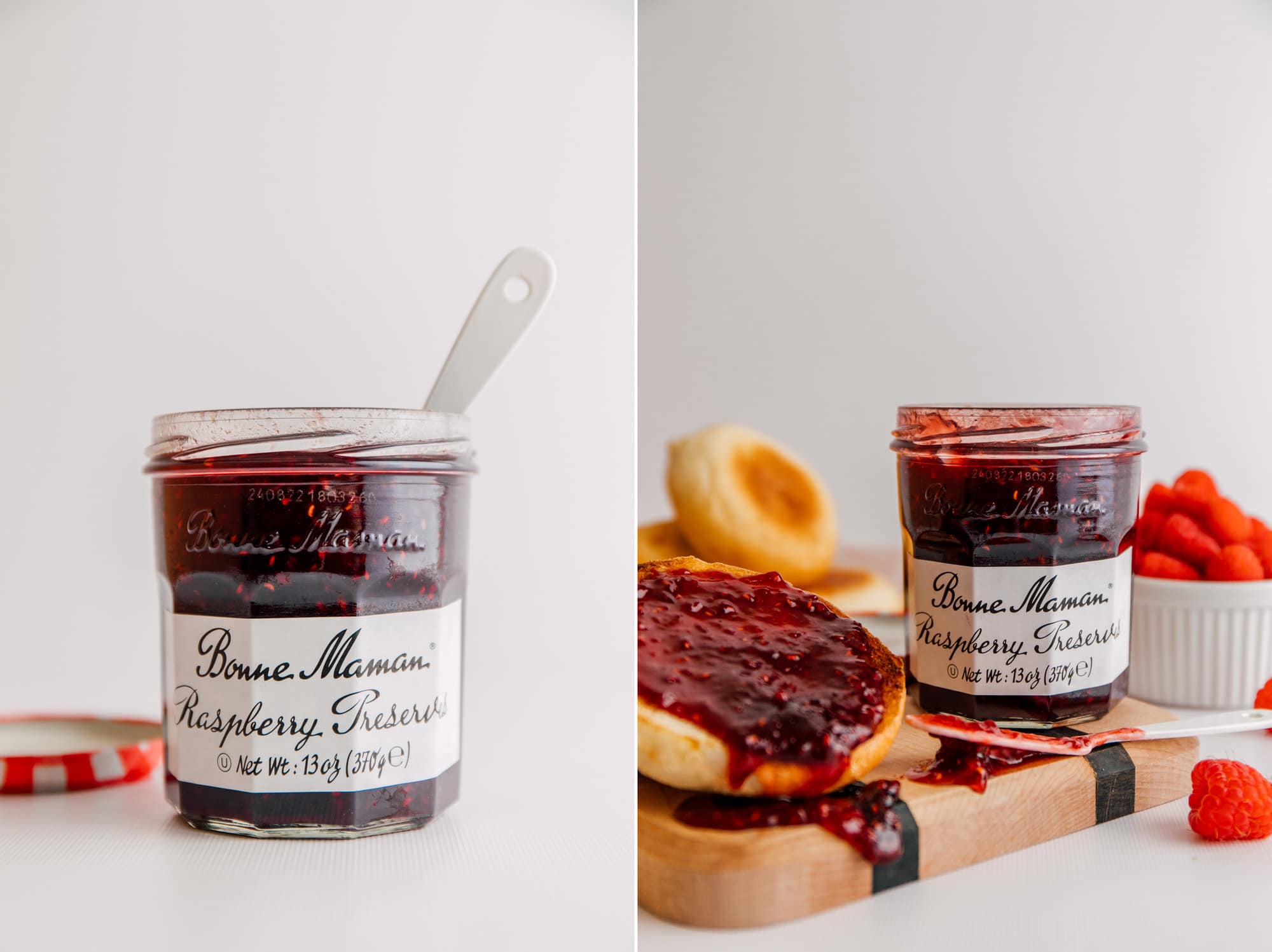
And finally, the Burt’s Bees tropical chapsticks! Again I wanted to show you the progression of how easy it is to add a little bit of life to your images simply by styling them in an authentic way and then choosing props and items that help support the product. The message here was “tropical, bright, fruity, natural.”
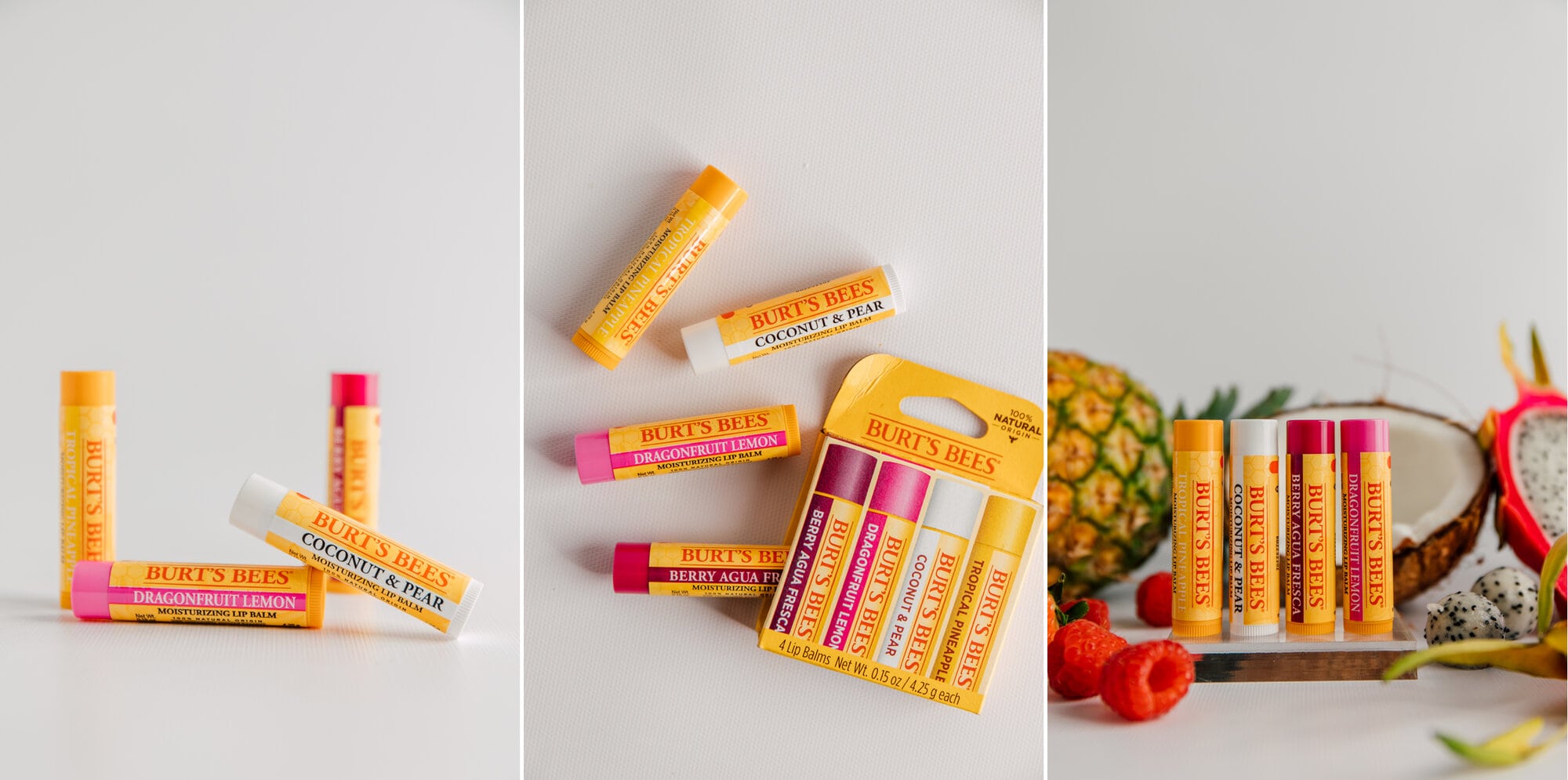
An even more developed lifestyle scene will include more dynamic backgrounds, lighting and sense of place, typically being done either in a staged room or on specific backgrounds with textures that help communicate your message. Here are a few more examples of what that might look like below!
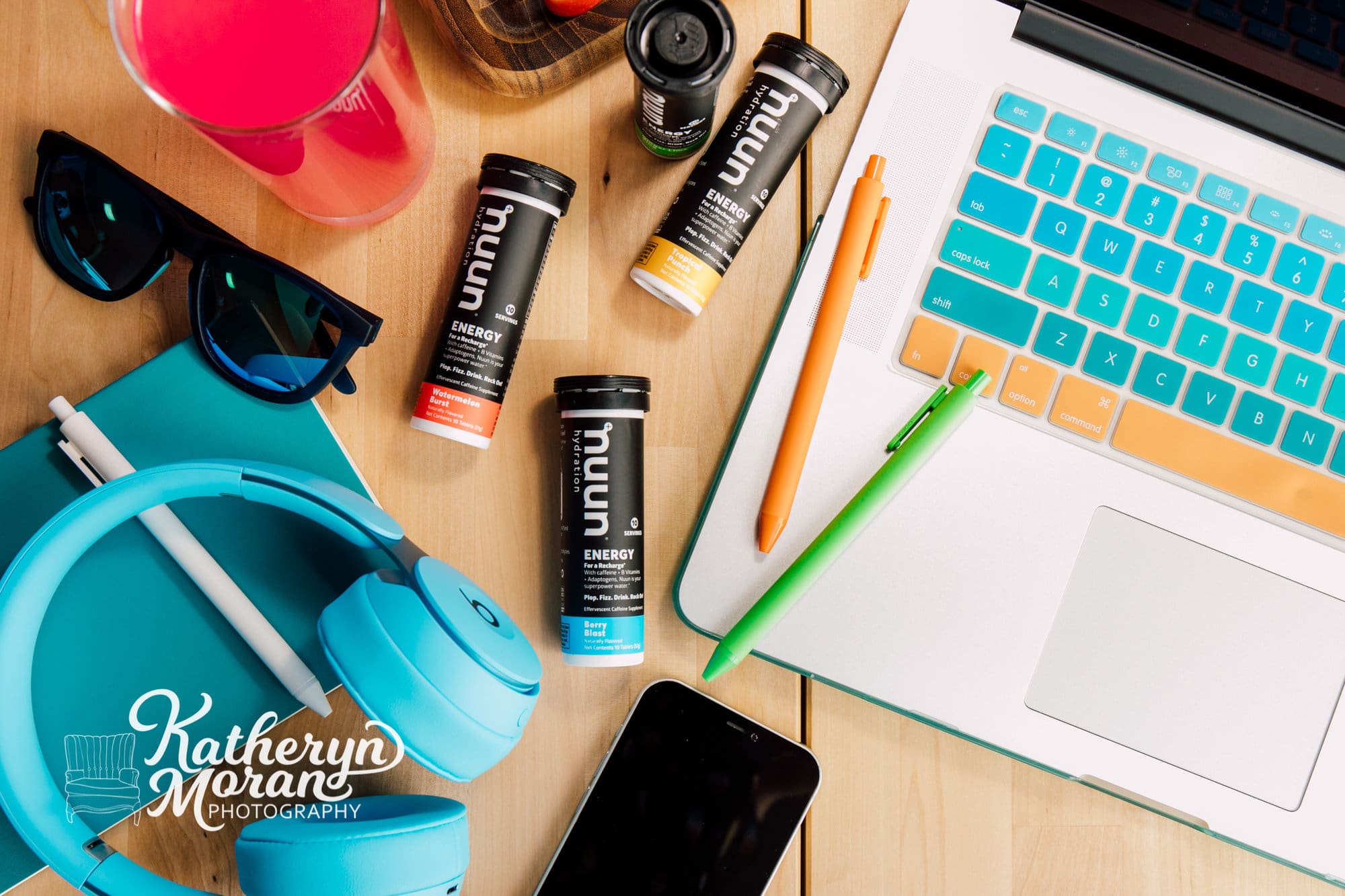


Lifestyle product photography is used to connect with your consumers and build a level of trust, understanding and to give your brand authenticity. It’s the perfect option for social media posts, branded marketing campaigns and scenarios where you want to tell your audience the story of your product.
Why Lifestyle Photography is Replacing Lightbox Photography
While each of these photography styles absolutely have their place, I have found that lifestyle photography greatly outweighs lightbox photography in its ability to connect with the consumer. Lifestyle imagery allows a level of storytelling that lightbox photography doesn’t. Through props, textures, lighting and design you can visually tell a consumer all about what your brand stands for and how they could benefit from your product in their life in a single image. Whether want to portray luxury, playfulness or comfort as key words in your brand, by styling your imagery authentically, your target audience will relate and come running.
